This summer I have been fortunate enough to study Digital Games, Learning, and Pedagogy (ETEC 565S) in a Summer Institute as a part of UBC’s Master of Educational Technology. As a part of this work, I have been reading Tracy Fullerton’s Game Design Workshop: A Playcentric Approach to Creating Innovative Games. A read that I highly recommend to anyone interested in game design.

Throughout Fullerton’s Game Design Workshop there are a number of exercises that get you reflecting on games, what appeals to you in games and what does not, and on the design and structure of various games. It’s an interesting read and one that I can see myself returning to. In working through Chapter’s 1 – 3 on The Role of the Game Designer, The Structure of Games, and Working with Formal Elements, I worked through a number of the exercises, which I’ve shared below.
Give these exercises a try yourself, and share your responses to them in comments below.
Exercise 1.2 : D.O.A .
Take one game that you’ve played that was D.O.A. By D.O.A., I mean “dead on arrival” (i.e., a game that’s no fun to play). Write down what you don’t like about it. What did the designers miss? How could the game be improved?
Recently I have been experimenting with an interactive animated storytelling platform, Elementari, which I have been utilizing to teach storytelling with a little bit of coding in an online kids camp that I created for BCIT. With the addition of variables to Elementari, kids and teachers have begun to build games there. I thought I’d show my camp kids what was possible in an existing game on the platform, but being a bit limited in time I picked a game to show the kids that the platform had sent as an example of games being designed there, thinking it looked fun at first, but without having had the time to go through it myself. This was a DOA gaming moment for both the kids and myself.
The Game
What the Kids and I Didn’t Like About It
- it has an instruction heavy start with just a talking head
- there is a chunk of time with empty space, which leaves you questioning if the game is broken or incomplete
- the talking head’s lips move, but no sound comes out of the mouth
- the repetitive music becomes annoying after the first page or two
- the writing is riddled with mistakes
- some of the background and text colour choices make the text difficult to read
- some of the buttons in the game do not work until a period of time had passed, frustrating the player
What the Designer Missed
This could actually be a fun little Spy School Game, provided things are kept moving, and the game play is not stalled by copious instructions and lag time issues.
How the Game Could Be Improved
- keep the initial welcome / mission brief and give the player the option to visit the ‘game play’ page for more involved instructions
- fix lag time issues in the coding
- limit ‘Spy Academy’ music to specific pages or mix it up with other music
- edit the writing
- add in read aloud voice over to the captioned text
- make sure that text is easily readable on the background you choose
Exercise 1.5 : Your Childhood
List ten games you played as a child, for example, hide and seek, four square, and tag. Briefly describe what was compelling about each of those games.

The Predator / Prey Game
I loved the freedom of being in the woods during this game, and having the free range to run, hide, and spend time on my own in nature. I also liked the strategy that went into this game of survival.
Crocodile Crossing
This was always a bit of hilarity filled, absurd, team building strategy and camaraderie, that allowed for ingenuity and creativity.
Frogger
It was just fun to try to get across the road without getting splattered.
Team Sports (like Ice Hockey, Soccer … etc)
I liked the physical aspects of these games, and the strategy and camaraderie that comes with working together as a team. I was also a bit of a bruiser, so liked being able to slide tackle and check an opponent within the rules of fair game play.

Scrabble
While I enjoy playing with and constructing words, the part of Scrabble that I get the most fun out of is playing strategically to hit double and triple word and letter scores, to block my opponents from those, and create multiple words in a single turn.
Where in the World is Carmen Sandiego?
I loved the spy and international mystery solving aspect to this game, that virtually took me traveling the globe to discover different parts of the world.
Clue
I’ve always loved a good whodunit, so it is only natural that a game that allowed me to either be the detective or the murderer would appeal. Tied to that the opportunity to either mislead or outwit my family and friends, what more could a gal want?
Pick Up Sticks
Love the careful precision of teasing out sticks and trying to set my opponents up for a difficult turn.
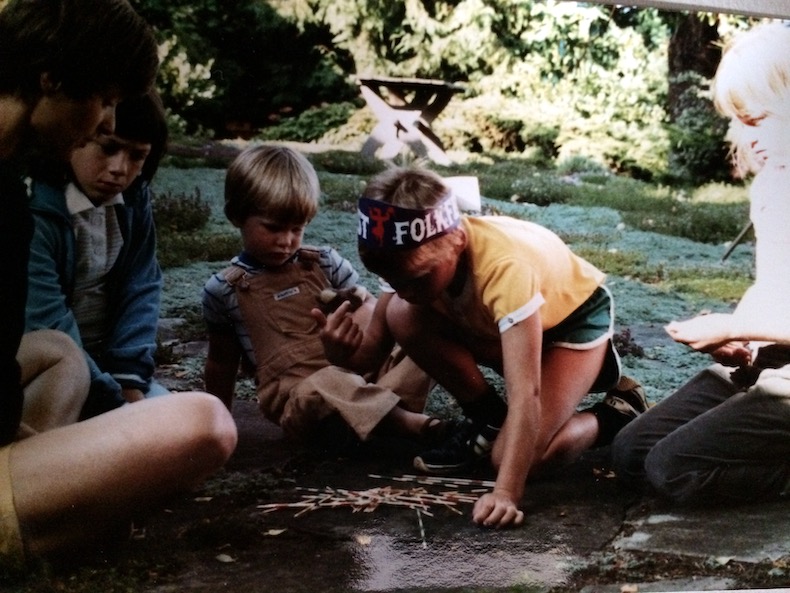
Murder in the Dark
I use to love this game at parties. There was the thrill of being in the dark, and the thrill of either dodging and guessing the killer, or subtly ‘killing’ those around you without being caught.
Balderdash
So many fun elements to this game. Concocting nonsensical words with ridiculous definitions, trying to mislead the other players, and guessing at where your competitors are trying to mislead you.
Exercise 2.1 : Think of a Game
- Think of a game, any game. Now write down a description of the game. Be detailed. Describe it as if to someone who has never played a game like it before.
- Now think of another game—a completely different type of game. The more different this game is from the first one, the better. Describe it.
- Compare your descriptions. Which elements were different and which were similar? Dig deep and really think about the underlying mechanics of each game.
I decided to choose two of my favourite childhood games to dissect in the form of a mind map below.
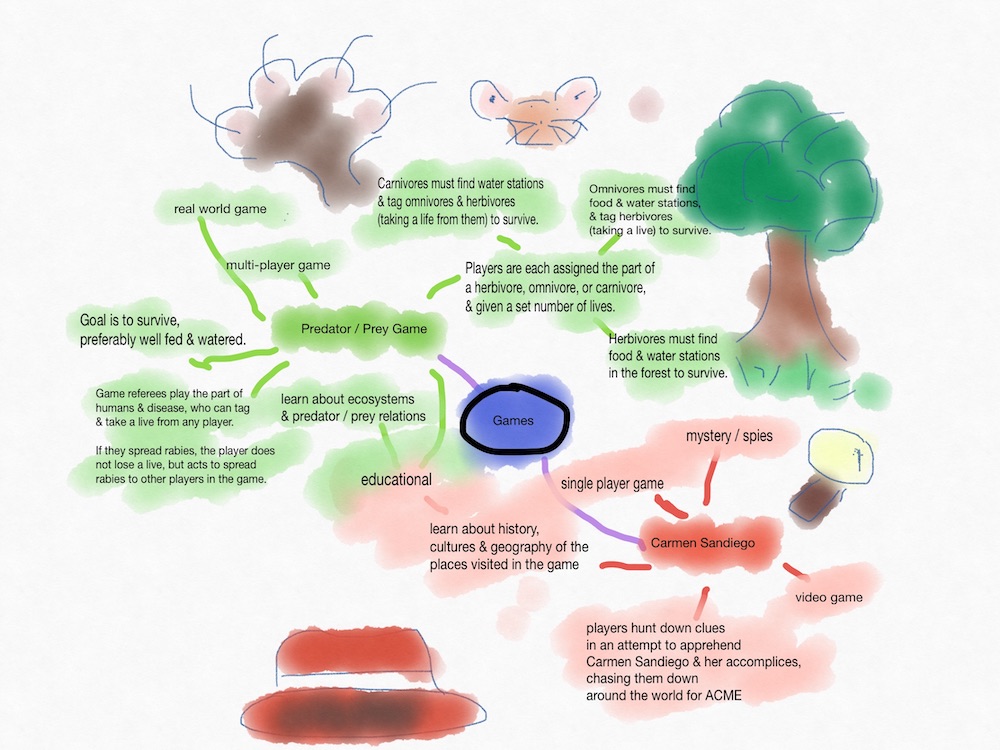
Differences Between the Predator / Prey Game and Where in the World is Carmen Sandiego?
There are many differences between the Predator / Prey Game and Where in the World is Carmen Sandiego. The Predator / Prey Game is a real world, multi player game, in which the outcome is unpredictable and dependent on the strategy, cunning, and interactions between the players. There are many paths to success in this game, and many moving parts that could both act as obstacles and allies in reaching success in the game. In contrast, Where in the World is Carmen Sandiego is a single player video game that involves one path to success in correctly solving the pre-designed puzzles.
Similarities Between the Predator / Prey Game and Where in the World is Carmen Sandiego?
The key similarity between both these games are that they are educational. I had fun learning, while I played them. They both also utilized the imagination, role play, and strategic thinking (although more so on the part of the Predator / Prey Game).
Exercise 2.8 : Story
Have any stories within a game ever gripped you, moved you emotionally, or sparked your imagination? If so, why? If not, why not?
Absolutely. Stories are a huge draw for me, and are often the games that I have to guard my time with, so that I don’t lose hours of my day to them. I have vivid memories of this with the first Quest Game (the name escapes me) that I played with my brother and next door neighbour. We’d play so long that we’d all emerge from the basement with headaches and a sort of gaming hangover.

Where in the World is Carmen Sandiego was also one such game for me, that for the past decade has inspired an ARG that’s been running through my head for an international mystery game with a transmedia storytelling character I created – Emme Rogers. Below is the most recent rendition of that ARG that I wrote up for an Immersive and Interactive Storytelling Fellowship that I was shortlisted for in Norway:
Exercise 3.4 : Objectives
List ten of your favourite games and name the objective for each. Do you see any similarities in these games? Try to define the type or types of games that appeal to you.
Some of my favourite games over the years have included:
- Ultimate Frisbee – Objective: To score the most points by getting the frisbee past the opponent’s end zone.
- Scrabble – Objective: To score the most points by using your tiles to spell connecting words on the Scrabble board.
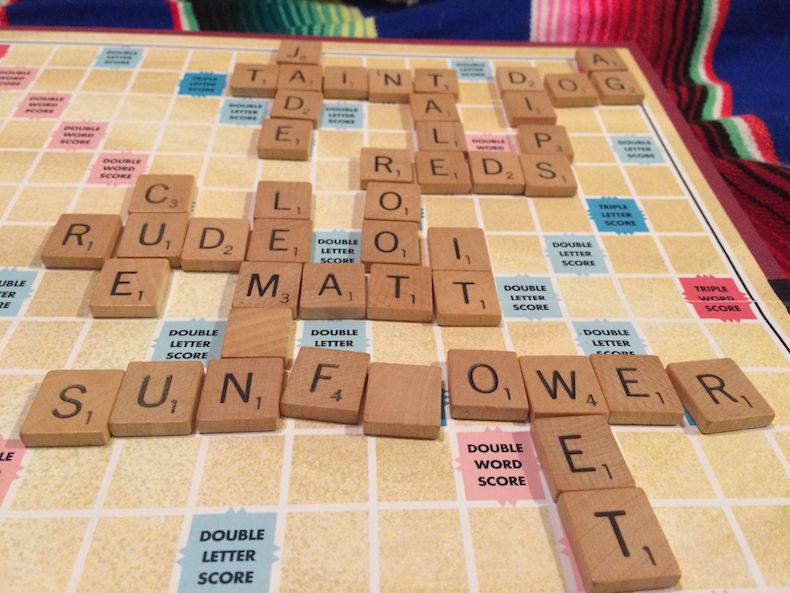
- The Predator / Prey Game – Objective: To survive by finding food and water, and avoiding disease and predation.
- Where in the World is Carmen Sandiego – Objective: To apprehend Carmen Sandiego and her allies by solving the clues.
- Field Hockey / Soccer / Ice Hockey – Objective: To score the most points, by getting the ball or puck in the opponent’s net.
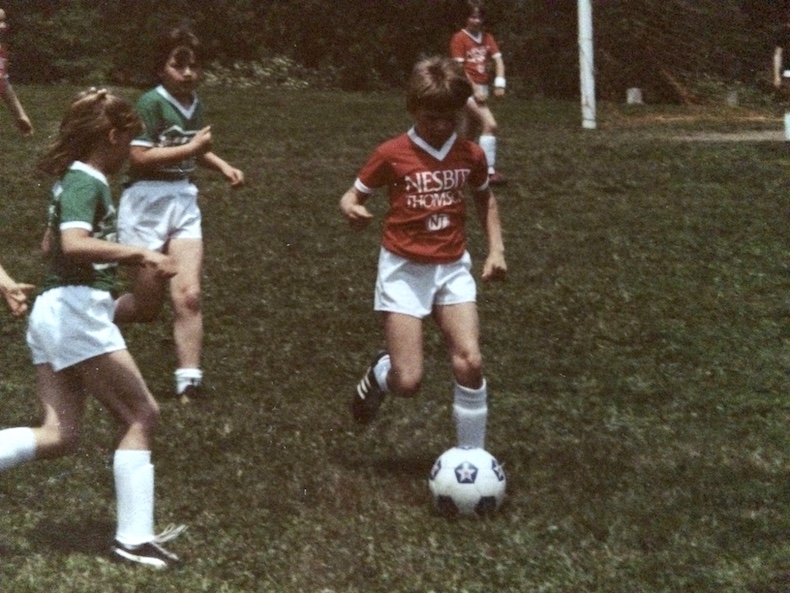
- Cat Physics – Objective: To pass a ball as quickly as possible from one cat to another, past a number of obstacles.
- Othello – Objective: To have the most tiles of your colour on the board by the time each player has used up their last tile.
- Crocodile Crossing – Objective: To get your team across crocodile invested waters the fastest, with limited resources, and without anyone touching the water.
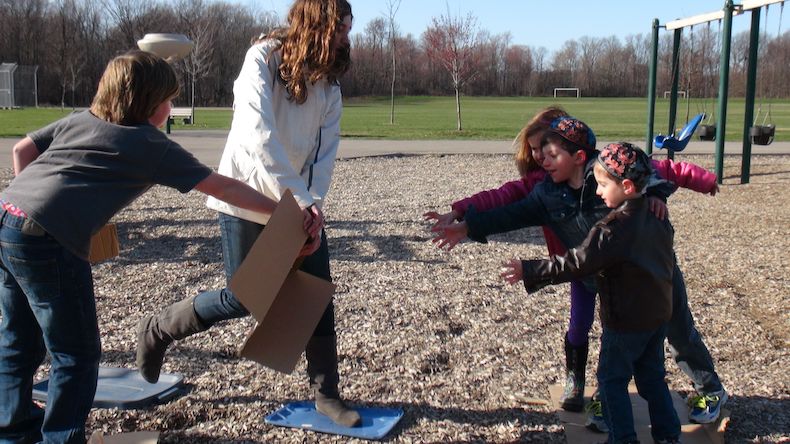
- High Jumping – Objective: To be the person to clear the highest bar without touching it.
- Beach Volleyball – Objective: To serve the ball over the net into the opponent’s court, and when the ball is hit into your court to keep the ball from hitting the ground and knock it back into their court within three hits.
- Balderdash – Objective: To concoct believable words and definitions to mislead your opponents, and to guess which word is real.
In reflecting on the games I enjoy, they include games that involve:
- outdoor exercise
- physically challenging activities
- strategy
- team work
- imaginative play
- problem solving
- elements of learning
- time spent outside
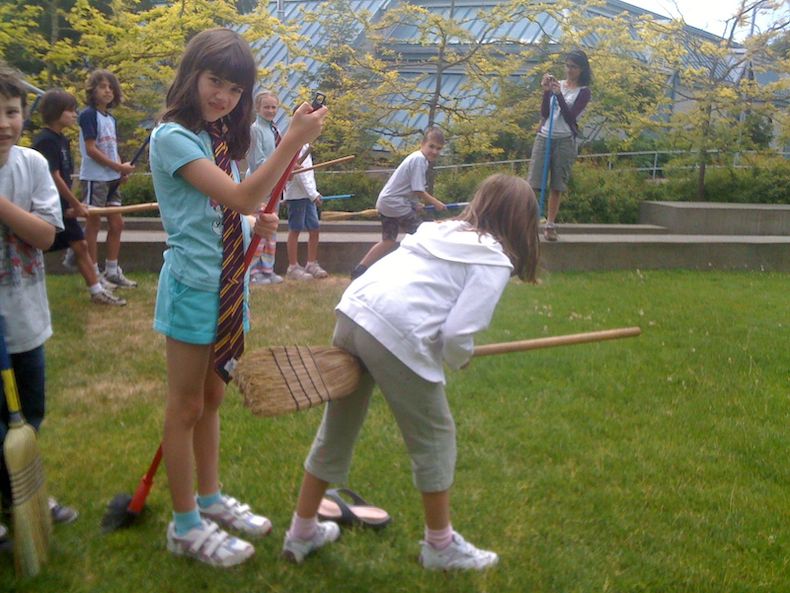
I also do enjoy games that involve storytelling. However, I tend to avoid those due to their addictive nature for me.
Gaming Reflections of a Couple of Young Friends
I was curious about what the responses to these exercises would be for a few of the young people in my life, so I did a wee video interview with them.
Now, it’s your turn!
I’d love to hear about what sort of games appeal to you in the comments below, and if you were to design your own game, what sort of game that might be?
Leave a Reply